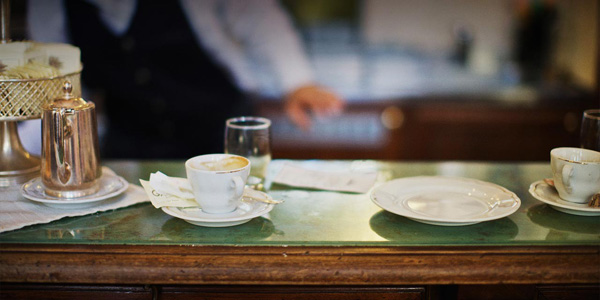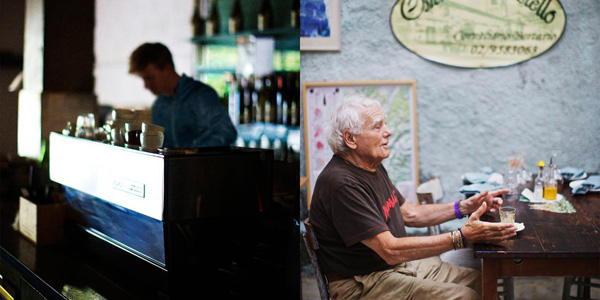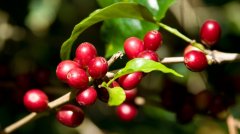Italian Romance and Coffee Culture Coffee Culture accumulation
Italy's unique coffee culture is not only reflected in the warm and romantic feeling of coffee taste, but also reflected in the accumulation of coffee culture.
Although in ancient Rome, the Roman Empire was full of fighting and conquering. But since the Renaissance, Italy has become the capital of literature, and Italians are full of romantic feelings. It was also at the beginning of the Renaissance that coffee became popular in Italy. Over time, Italian coffee began to become a distinct culture that distinguished it from other coffees.

Coffee has become a part of Italian life, get up in the morning to drink coffee, coffee after meals to help digestion, after work to lift the spirit. It can be said that Italians have replaced water with coffee, and even an ordinary person can drink more than twenty cups of coffee. It is not difficult to see that Italian coffee will become a unique culture, which is inevitable.

Italian coffee classic varieties intentional espresso, cappuccino, latte, macchiato, mocha, mocha chino and so on. Espresso coffee is brewed with high-pressure hot water and ground into very fine coffee powder. It has a strong aroma. After drinking a small cup, it has a long aftertaste, but it is not finished. Espresso has a strong pick-me-up effect, strong flavor and overwhelming enthusiasm. Other coffees are brewed with milk in different proportions and flavors, but no matter which Italian coffee, people can feel the national characteristics of Italians: warm and romantic, gentle and charming.
Italy's unique coffee culture is not only reflected in the warm and romantic feeling of coffee taste, but also reflected in the accumulation of coffee culture. Unlike American coffee culture, which seeks simplicity and speed, Italian coffee cares about the distinction between different types of coffee and the complexity of processing. Not only a wide variety, but also unique processing techniques, even coffee cups have a size difference, so that every time people drink coffee is like drinking a cup of art in general.

Italy's romantic atmosphere has been integrated with its unique coffee culture, a small cup of coffee, from grinding to brewing, and then to dress, to drink, everywhere reflects the Italian romantic atmosphere and warm character.
Important Notice :
前街咖啡 FrontStreet Coffee has moved to new addredd:
FrontStreet Coffee Address: 315,Donghua East Road,GuangZhou
Tel:020 38364473
- Prev

The difference of origin is the factor that affects the taste of coffee, and the key is the difference of coffee beans.
The difference in coffee taste, in addition to brewing methods and water, ingredients, the more important is the difference of coffee beans. When coffee has become a drink favored by a large number of people all over the world, it is no longer just a common habit. Although coffee has a bitter taste that some people do not like, but its mellow flavor has conquered far more people. Of course, there are many flavors of coffee.
- Next

The process of making American coffee is simple and there are few steps.
The process of making American coffee is simple and there are few steps. For people who love coffee, it is all one of the best beverage choices in times of tight pace of life. Generally speaking, there is no specific type of instant coffee we drink, which is not to say that instant coffee is not good. In fact, in an era when the pace of life is so tense, some simple things are more popular. Here
Related
- Beginners will see the "Coffee pull flower" guide!
- What is the difference between ice blog purified milk and ordinary milk coffee?
- Why is the Philippines the largest producer of crops in Liberia?
- For coffee extraction, should the fine powder be retained?
- How does extracted espresso fill pressed powder? How much strength does it take to press the powder?
- How to make jasmine cold extract coffee? Is the jasmine + latte good?
- Will this little toy really make the coffee taste better? How does Lily Drip affect coffee extraction?
- Will the action of slapping the filter cup also affect coffee extraction?
- What's the difference between powder-to-water ratio and powder-to-liquid ratio?
- What is the Ethiopian local species? What does it have to do with Heirloom native species?

